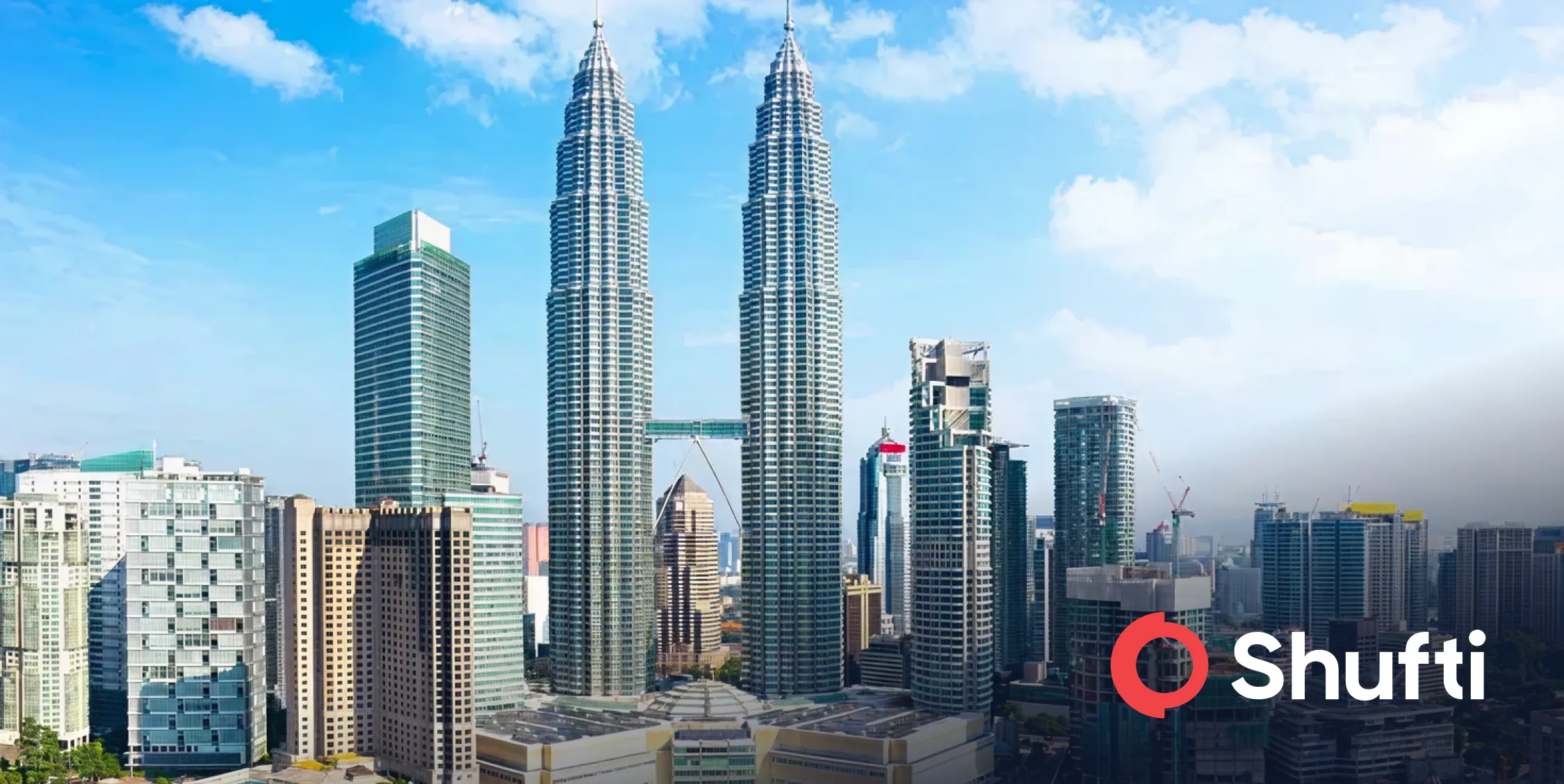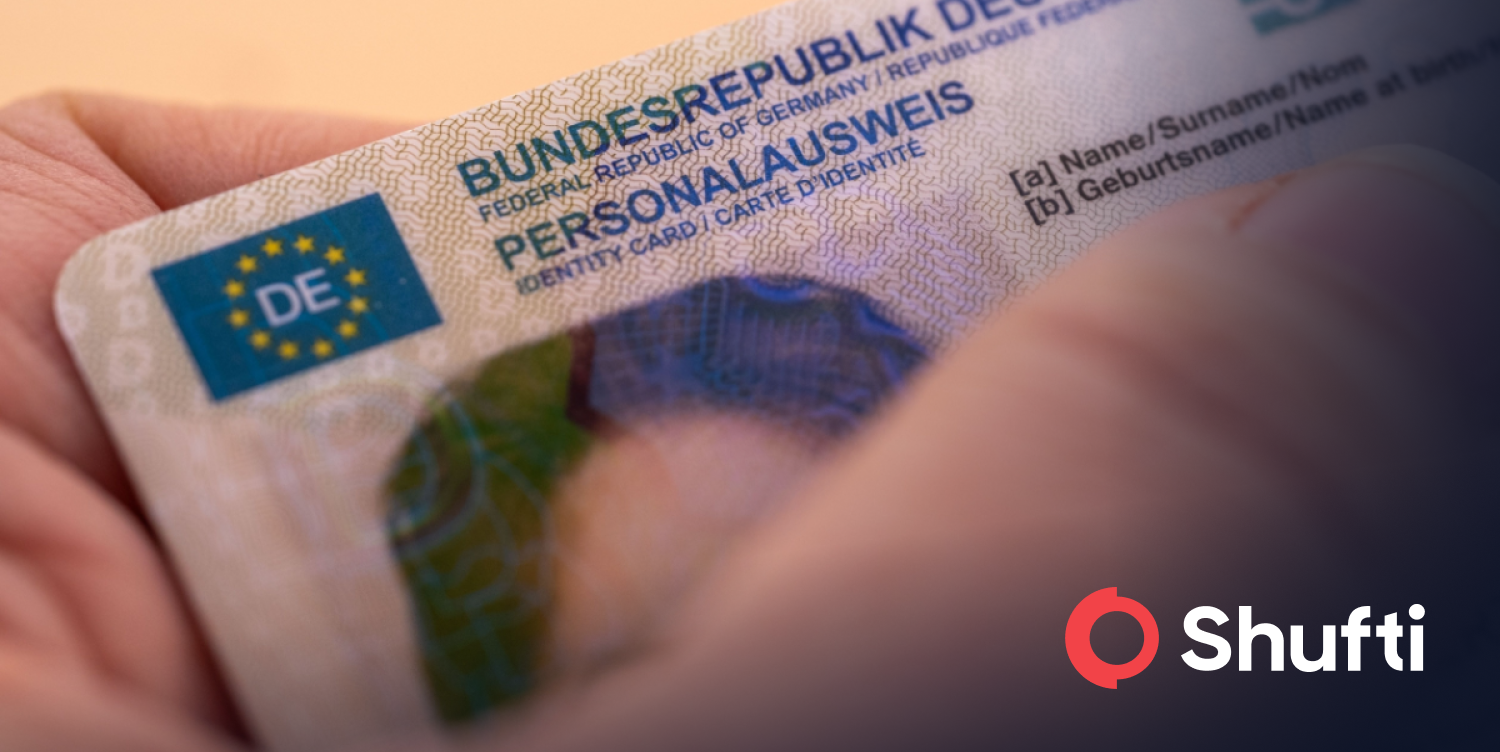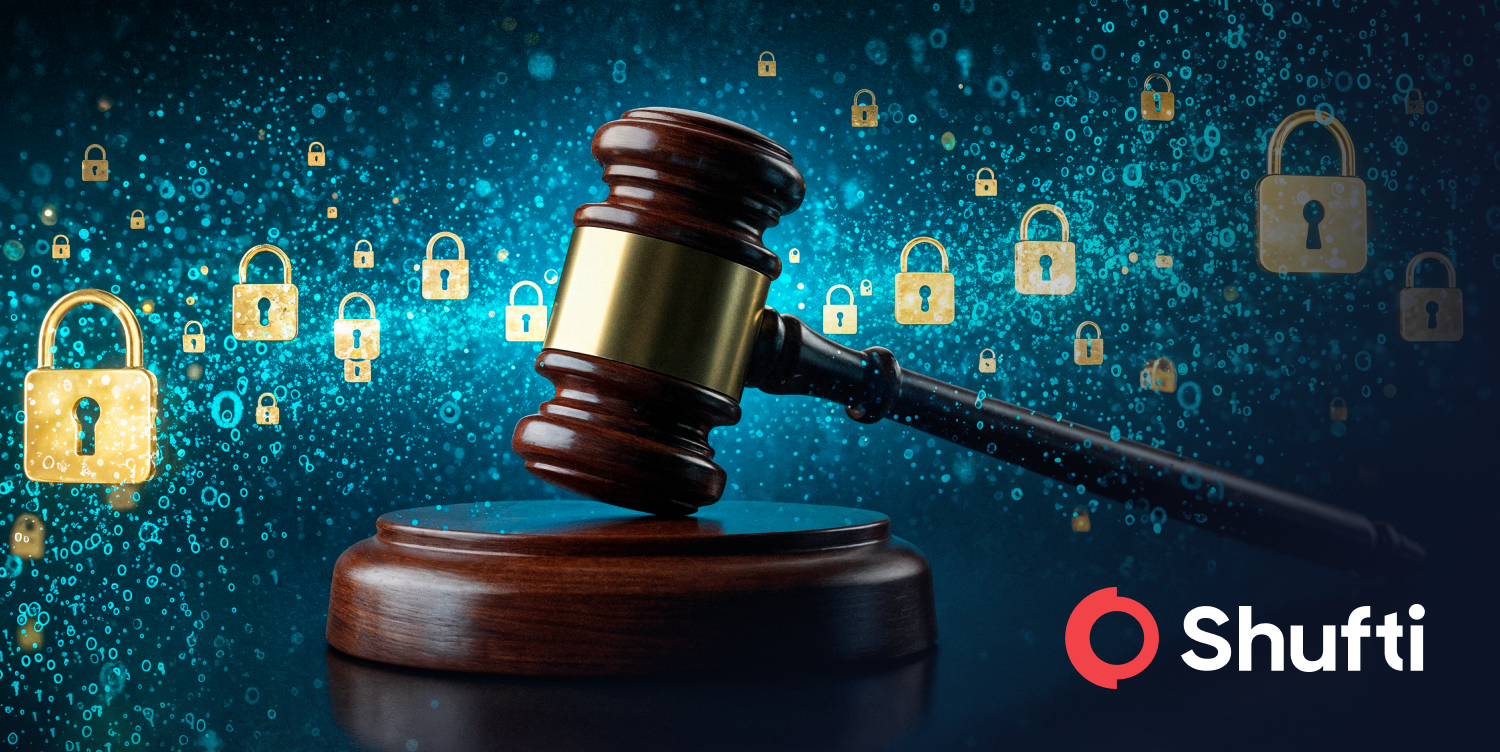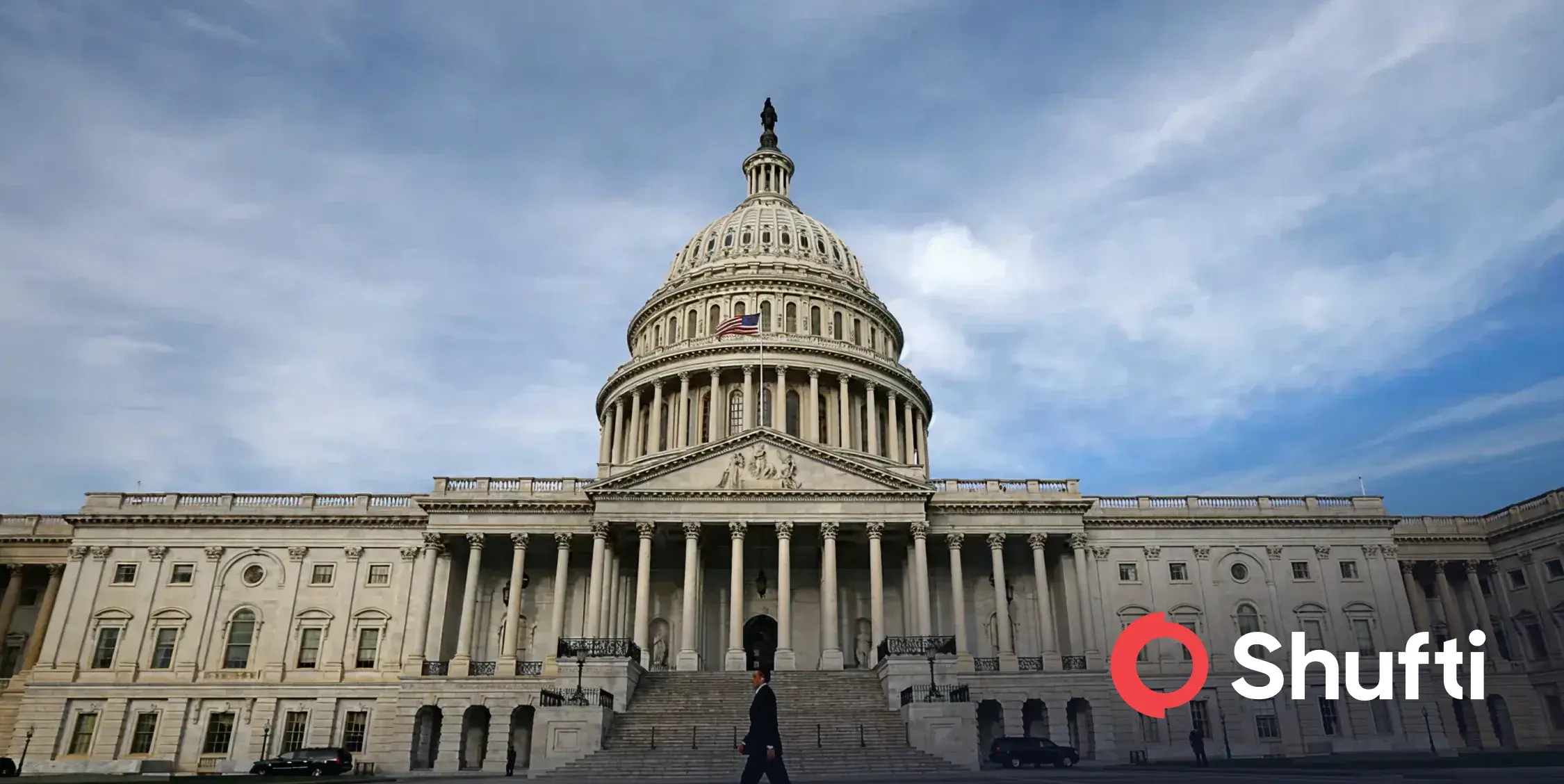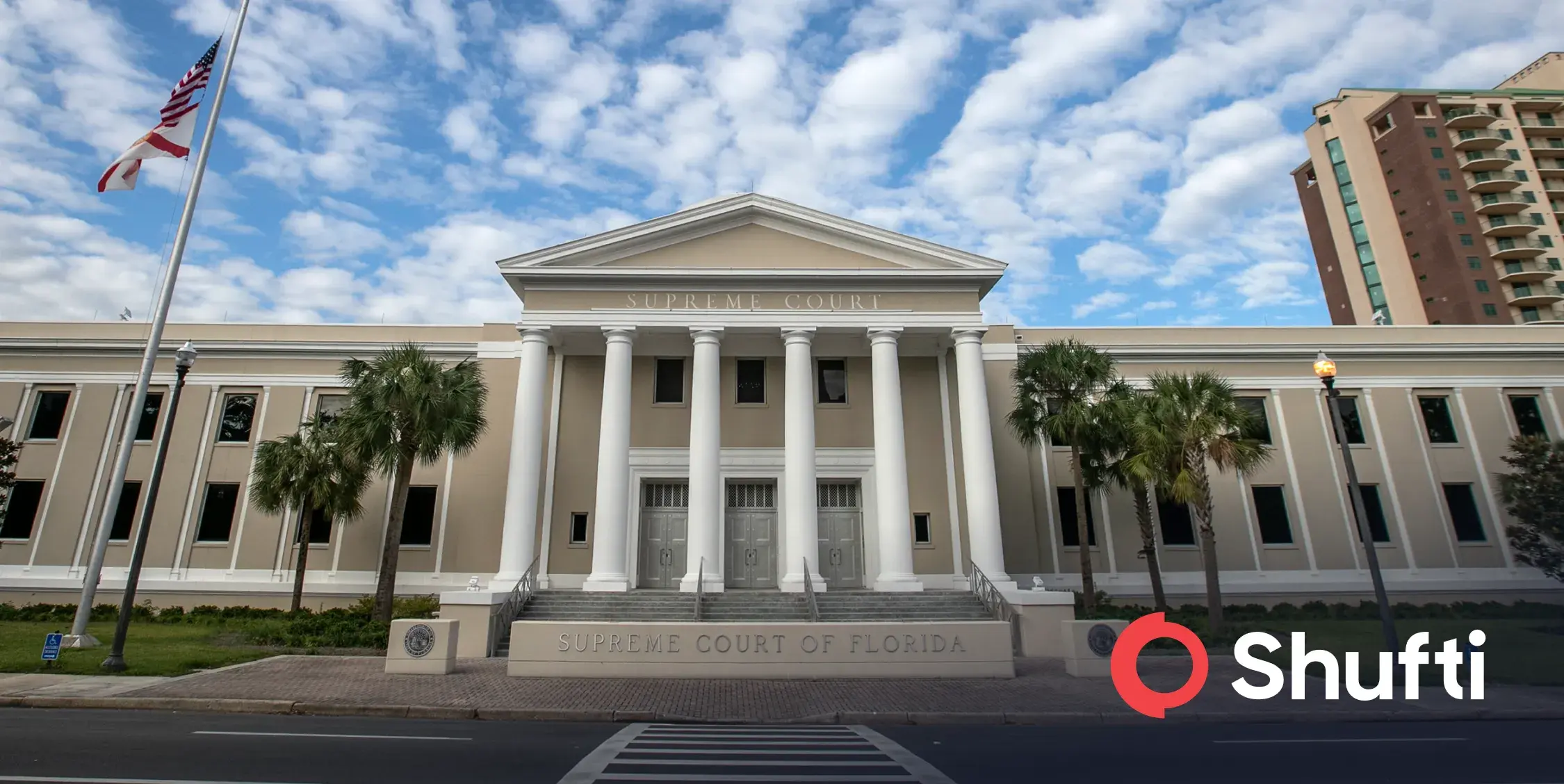Enhancing Transparency and Beneficial Ownership in the Fight Against Trade-Based Money Laundering
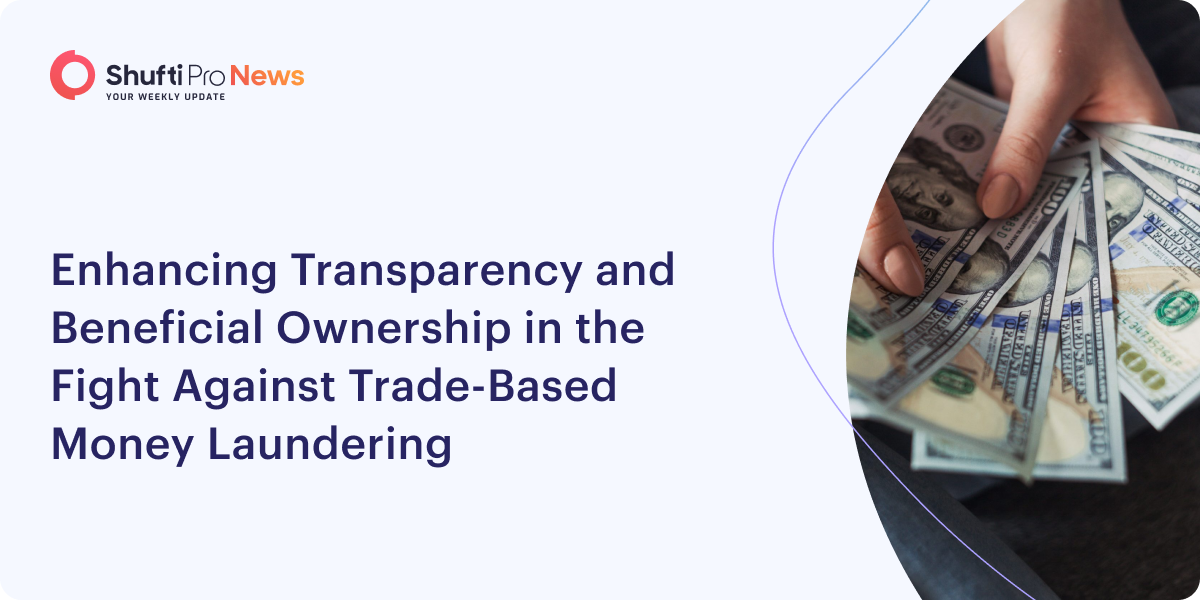
Criminals use trade-based money laundering (TBML) to move illicit money across jurisdictions. TBML schemes vary in complexity and commonly involve multiple parties and jurisdictions, so they can be difficult to detect; misrepresentations of the scheme may relate to import or export prices, quantity, or quality of goods.
Trade-based money laundering is used to disguise the source and trail of illegally acquired money and usually entails moving value through trade transactions. Since the onset of COVID-19, the invasion of Ukraine by Russia, and the economic recession, TBML has increased exponentially. However, the prevalence and harm associated with TBML may be reduced if international efforts are made to enhance beneficial ownership and transparency.
By definition, TBML is the process by which criminal proceeds are disguised as trade transactions, and value is moved to justify their illegal origin or finance illicit activities. According to FATF guidelines produced in conjunction with the Egmont Group: “the aim of TBML – unlike trade-related predicate offences – is not the movement of goods, but rather the movement of money, which trade transactions facilitate.”
Based on a Global Financial Integrity report published in January 2023, virtually any type of merchandise can be used to launder illicit proceeds. As a result of the report, motor and transportation vehicles accounted for 24% of the total, metals and minerals accounted for 17%, agricultural products accounted for 13%, and textiles accounted for 11%. Manufacturers and retailers, for example, are not regulated for anti-money laundering and, as such, can become unwittingly involved in criminal proceeds transportation.
In October 2022, AUSTRAC published the Financial Guide for TBML in Australia. According to the study, Neither the company nor the director or beneficial owner has an open-source footprint. It has been determined that the company or its director/beneficial owner holds adverse media interests. An owner/director of a company appears to be in an unrelated industry, such as the export of cars and the import of grains.
A complex corporate structure operated by the customer does not seem to have any obvious business relevance, or the transaction involves multiple shell companies. Additionally, businesses and companies are controlled by the same individuals or groups.
It was announced in November 2022 that ‘the Labor Government would implement a public registry of beneficial ownership to improve transparency on corporate structures, including identifying who owns or controls companies or other legal entities.’ AML/CTF reforms initiated by this decision have been scrutinised by the Senate Standing Committee on Legal and Constitutional Affairs (Committee) to ensure they are adequate and effective. A beneficial ownership register was one of the recommendations made by the Committee before the May 2022 election.
In Australia, the Anti-Money Laundering and CounterTerrorist Financing Act 2006 (Cth) defines a beneficial owner as someone who owns 25% or more of a company, directly or indirectly. FATF guidelines released on 10 March 2023 suggest a maximum of 25% for ‘Beneficial Ownership of Legal Persons.’
Suggested Read: AUSTRALIAN GOVERNMENT TO EXTEND AML AND CTF REGIME





